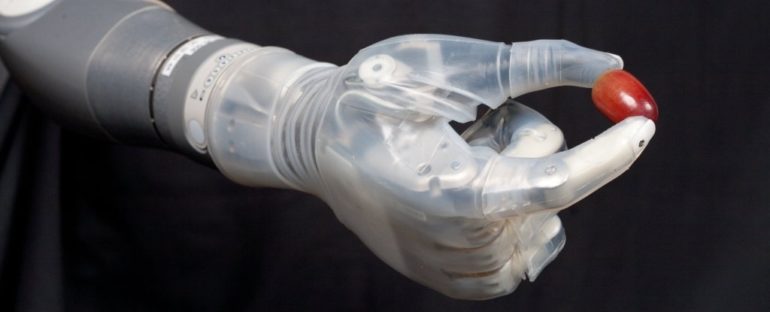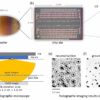Research on robotic prostheses is coming along in leaps and bounds, but one hurdle is proving quite tricky to overcome: a sense of touch. Among other things, this sense helps us control our grip strength – which is vitally important when it comes to
Research on robotic prostheses is coming along in leaps and bounds, but one hurdle is proving quite tricky to overcome: a sense of touch. Among other things, this sense helps us control our grip strength – which is vitally important when it comes to having fine motor control for handling delicate objects.
Enter a new upgrade for the LUKE Arm – named for Luke Skywalker, the Star Wars hero with a robotic hand. Prototype versions of this robotic prosthesis can be linked up to the wearer’s nerves.
And, thanks to biomedical engineers at the University of Utah, for the participants of their experimental study, the arm can now also produce an ability to feel. This spectacular advance allowed one wearer to handle grapes, peel a banana, and even feel his wife’s hand in his.
Keven Walgamott lost his left hand and part of his arm in an electrical accident 17 years ago. When the research team asked for an amputee to test the robotic prosthesis prototype they had been developing, he willingly volunteered.
"It almost put me to tears," he said, referring to using the arm for the first time. "It was really amazing. I never thought I would be able to feel in that hand again."
The arm has been in development for 15 years, and it taps into the way our brains control our limbs by sending signals through the nervous system.
This technology is called peripheral nerve stimulation, and engineers have been exploring its use in upper limb…



